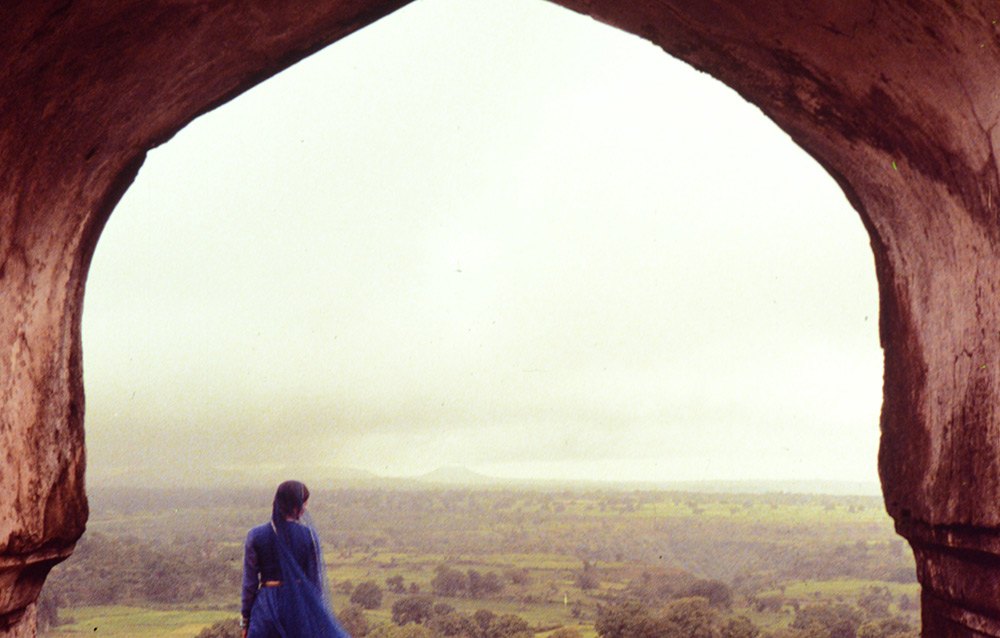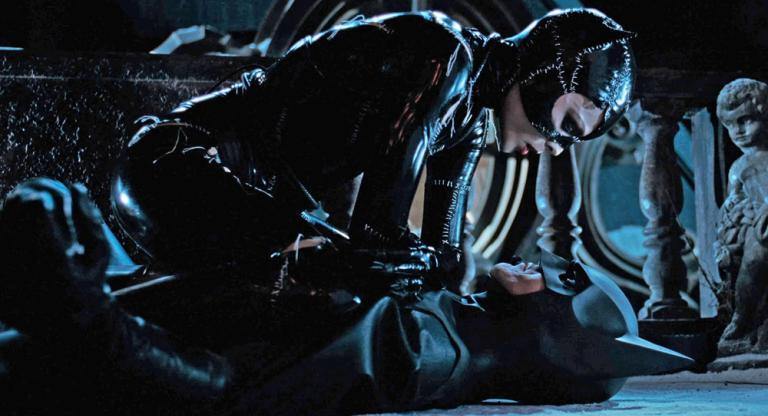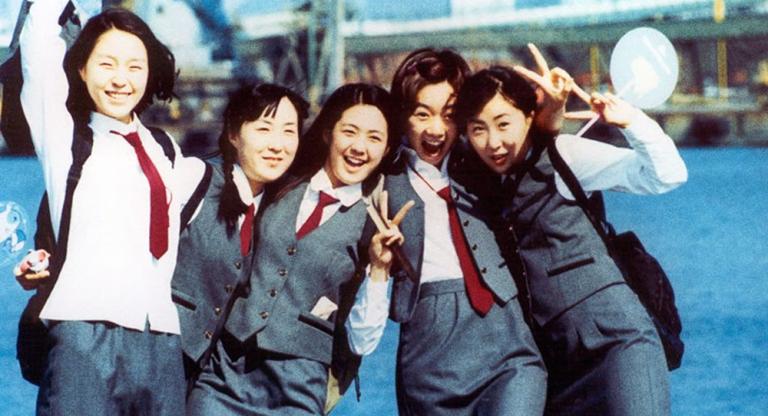Parallel Cinema, a traditionally overlooked film movement, has equally overlooked filmmakers populating its canon. Only recently has the film world outside of India come to embrace the importance of filmmakers like Mrinal Sen, Mani Kaul, and Shyam Benegal. A few reasons include restorations from the Film Foundation led by Shivendra Singh Dungarpur, as well as the release of Parallel Cinema films on boutique streaming services like MUBI and Criterion Channel. But, among these names, should also be included Kumar Shahani. A series of his films, screening as part of Prismatic Ground a little over a year after his passing, presents New York film enthusiasts with the rare, and perhaps the only, opportunity in the foreseeable future to see his work. Shahani’s films encompass what he considered “the epic form” of cinema, turning what the traditionalist cinema of India—about housewives, lovers, rural communities, simple lives—into a radical new presentation: large in scope, with wide frames, set across multiple eras, and encompassing many histories and characters within it. In Khayal Gatha (1989, pictured at top), he traces the Khayal genre of classical music across centuries, filming a classical musician and his assistant with a curved truck shot that slowly goes in a 180 degree movement around its subject twice. Among the greatest Parallel Cinema filmmakers, Shahani developed a unique style and focus on classical history throughout his career.
Shahani’s films follow in the formalist traditions of his teacher, the filmmaker Ritwik Ghatak, whom he studied under at the Film and TV Institute of Pune. His process was concerned with a use of cuts and angles that directed viewers to create an idea of what was happening purely through the construction of the image. Shahani’s films take a deliberate approach to juxtaposing objects and subjects within the same frame to reveal the complex associations between them. One of the most startling images in Khayal Gatha involves a white cloth floating in the wind near a masjid downward toward the ground. As the cloth moves down the frame, Shahani cuts to a woman in a white dress praying on the ground of that same masjid. Another startling sequence near the end of the film shows how dunes change in tone over time based on when different clouds manipulate the light and shadow that falls upon them. Shahani’s visuals are steeped in a dusty haze that does not complement the rigidity of structuralism, but instead offers an old-world charm. He films his characters and locations within India with an eye for history and geography that highlights the beauty of the land and the ruins history leaves behind. So many sequences of his most famous feature, Maya Darpan (1972), are old buildings, pillars, and crumbled structures. It’s a modern film haunted by a ghost from the past.
In Kasba (1991), there is a constant grappling of interior and exterior power. As Rima (Mita Vasisht) looks beyond the frames of the windowsill in her house, she plots her rise to power. She sees lush green forests and feels a foreboding sense of ambition. In Bhavantarana (1991), the camera juxtaposes the muscles, skin, and movement of Guru Kelucharan Mohapatra as he performs his famous Odissi dances. While on the surface it may seem that Shahani’s films are often about explicit subjects, he rejected the notion that his films were explicitly about the people or subjects being presented. In an interview with the film journalist Rafique Bhagdadi, he stated that “It is absurd to think that if you are depicting something, that is the content. The content emerges through the way you relate to the object.” In this sense, what viewers experience in Shahani’s films are visual associations and temporal shifts that feel incongruous to those used to linear “storytelling.”
“A Tribute to Kumar Shahani” runs May 3-4 at Anthology Film Archives as part of Prismatic Ground 2025.



